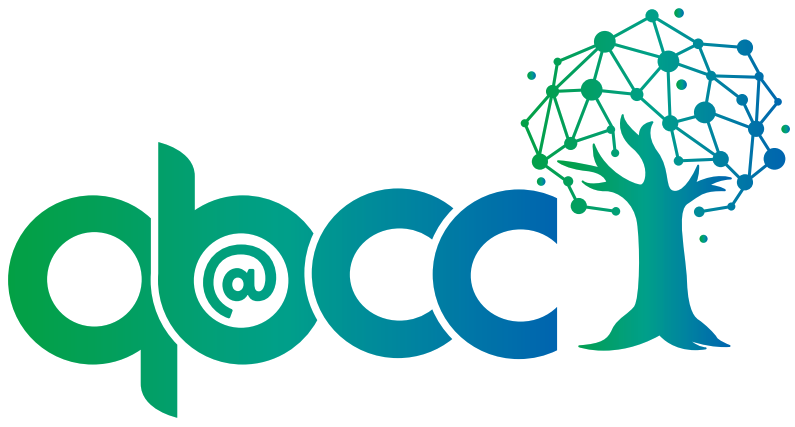QB@CC- Quantitative Biology at Community Colleges (RCN-UBE Introduction)
Author(s): Sarah Prescott1, Vedham Karpakakunjaram2
1. BioQUEST - Executive Director / UNH - Assoc. Prof. 2. Montgomery College
470 total view(s), 226 download(s)
Description
Quantitative Biology at Community Colleges (QB@CC) is a National Science Foundation (NSF) supported project that received funding in 2019. The long-term goal of QB@CC is to drive the disciplinary expectation that all biology courses should significantly enhance student's quantitative skills. QB@CC does this by providing educational materials and professional development for faculty. The network will generate a large collection of Open Education Resources (OERs) that may be used by anyone, and professional development programming will be designed to address many of the challenges in teaching quantitative skills. Although this network focuses on community college faculty, most of the materials generated will be appropriate for lower level biology courses in four-year institutions.
Specific Goals of QB@CC
- Building a network of life science and mathematics faculty from community colleges passionate about quantitative biology education.
- Providing professional development for this network with in-person meetings and virtual mentoring networks.
- Creating a collection of Open Educational Resources (OERs), appropriate for community colleges, that fully integrate quantitative skills in a biological context.
- Disseminating these modules throughout the OER webspace and the QB@CC website.
Ways to learn more:
-
Join the QB@CC group on QUBES to receive updates and announcements.
-
Take a look at our published educational resources.
Ways to get involved:
If you are interested in learning more and participating please join this group or comment on this resource below.
Cite this work
Researchers should cite this work as follows:
- Prescott, S., Karpakakunjaram, V. (2023). QB@CC- Quantitative Biology at Community Colleges (RCN-UBE Introduction). RCN-UBE Community, QUBES Educational Resources. doi:10.25334/PB2Z-YF50


